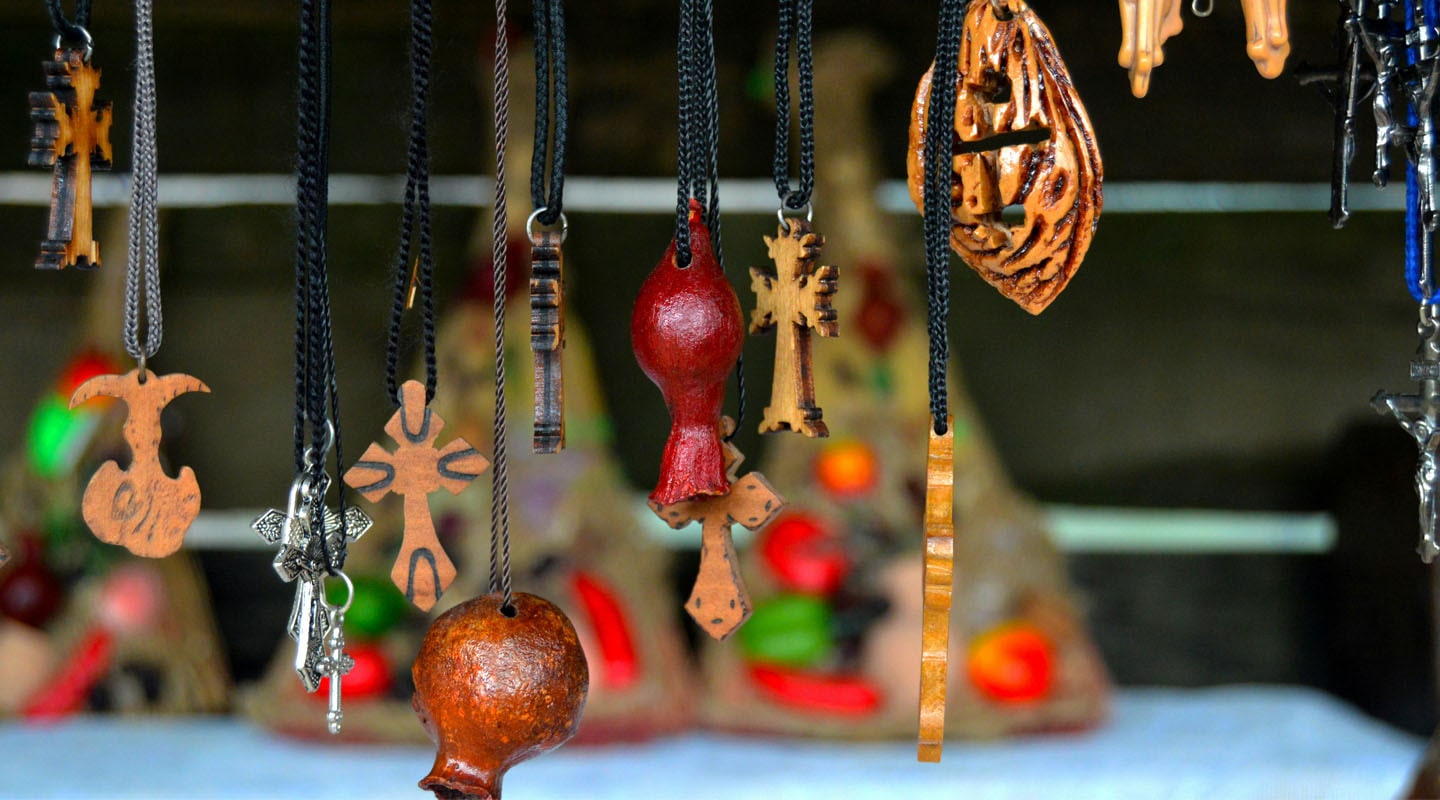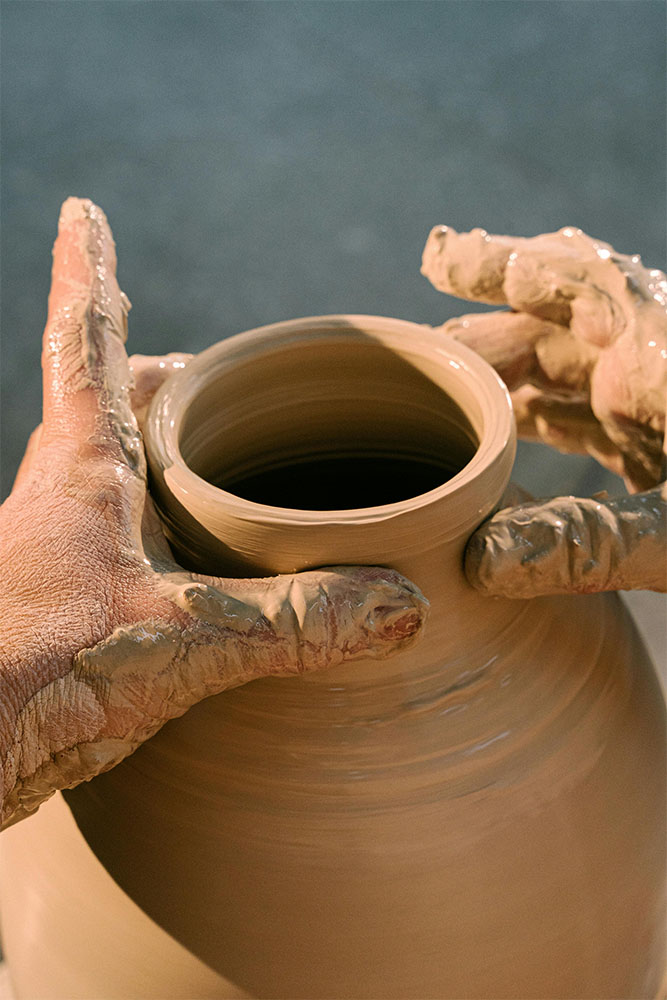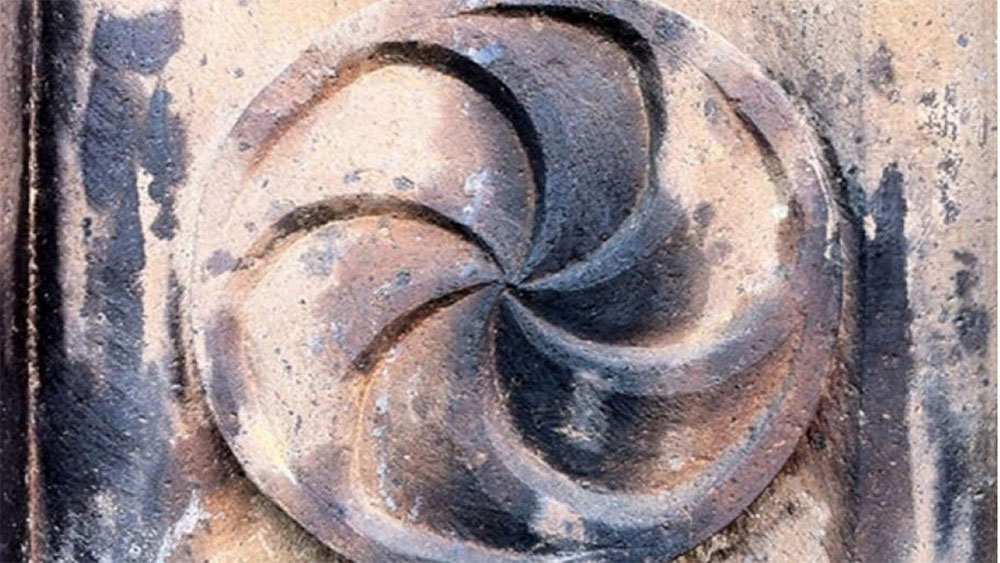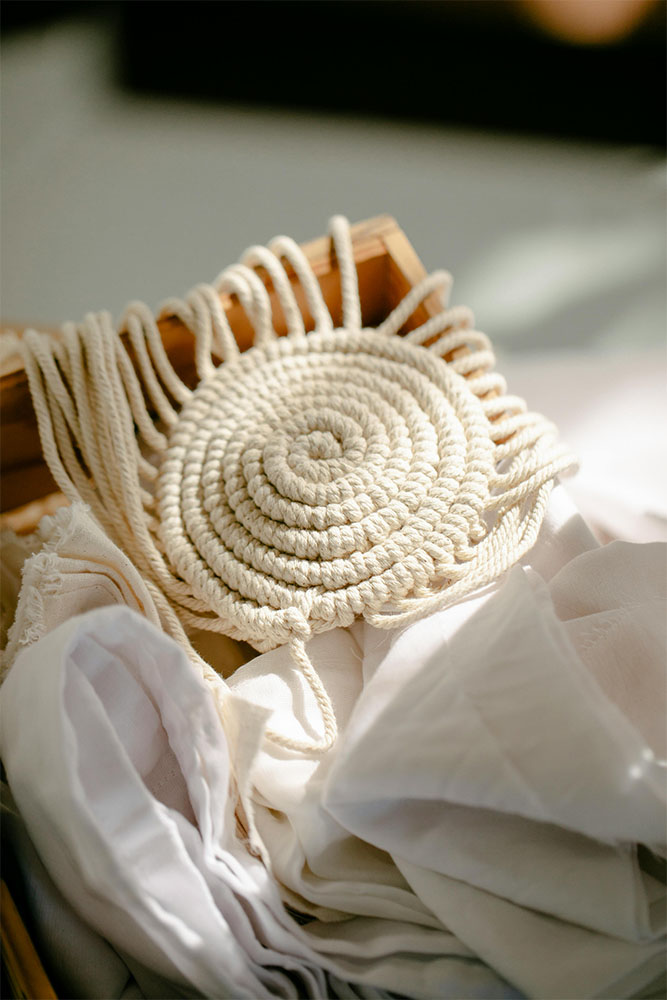Exploring the Rich Heritage of Armenian Arts and Crafts
Armenia, a land of ancient history and cultural richness, boasts a vibrant tradition of arts and crafts that have been passed down through generations. From intricate needlework to exquisite pottery, Armenian artisans have long been celebrated for their craftsmanship and creativity. In this blog post, we delve into the diverse world of Armenian arts and crafts, exploring their history, techniques, and significance.
Armenian arts and crafts have deep historical roots, dating back thousands of years. The region's strategic location at the crossroads of Europe and Asia has facilitated the exchange of artistic influences from various civilizations, including Greek, Persian, Byzantine, and Ottoman. This rich tapestry of cultural heritage is reflected in Armenian art forms, which blend elements from different traditions while maintaining a distinct identity.





